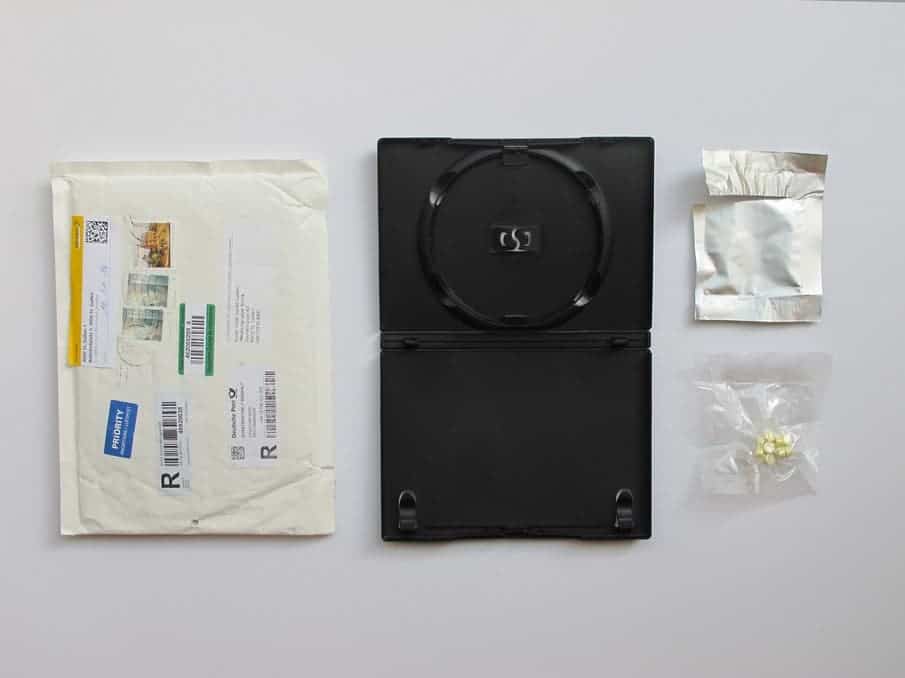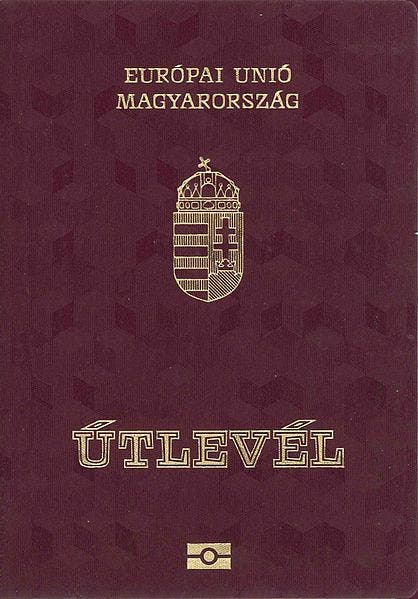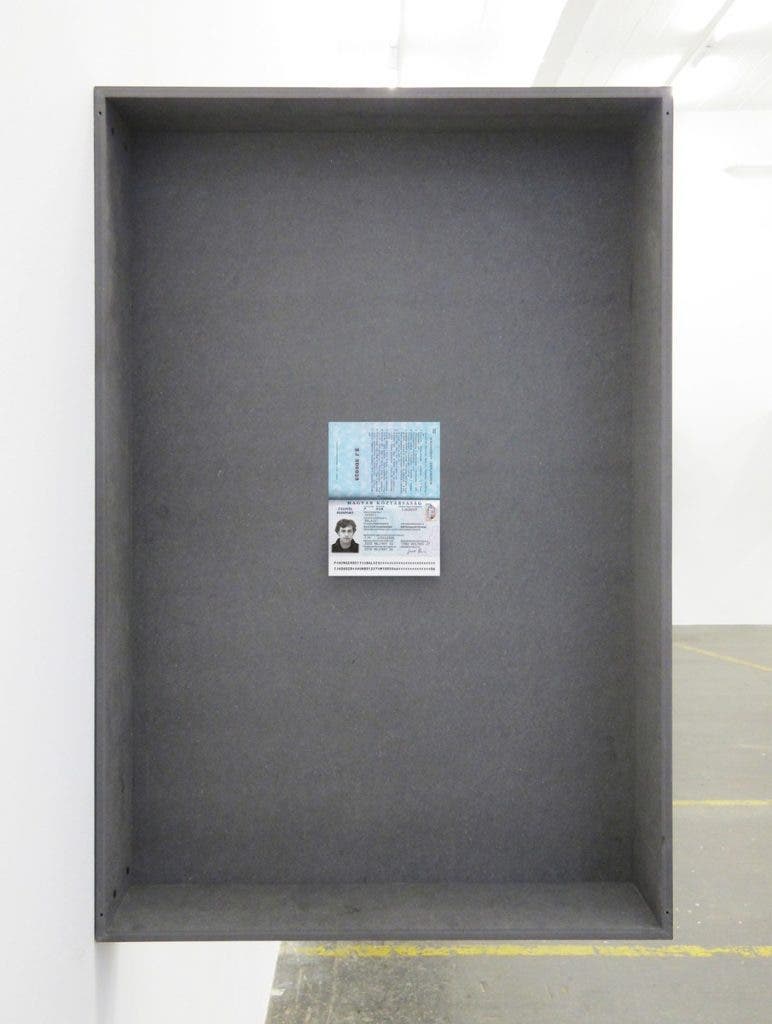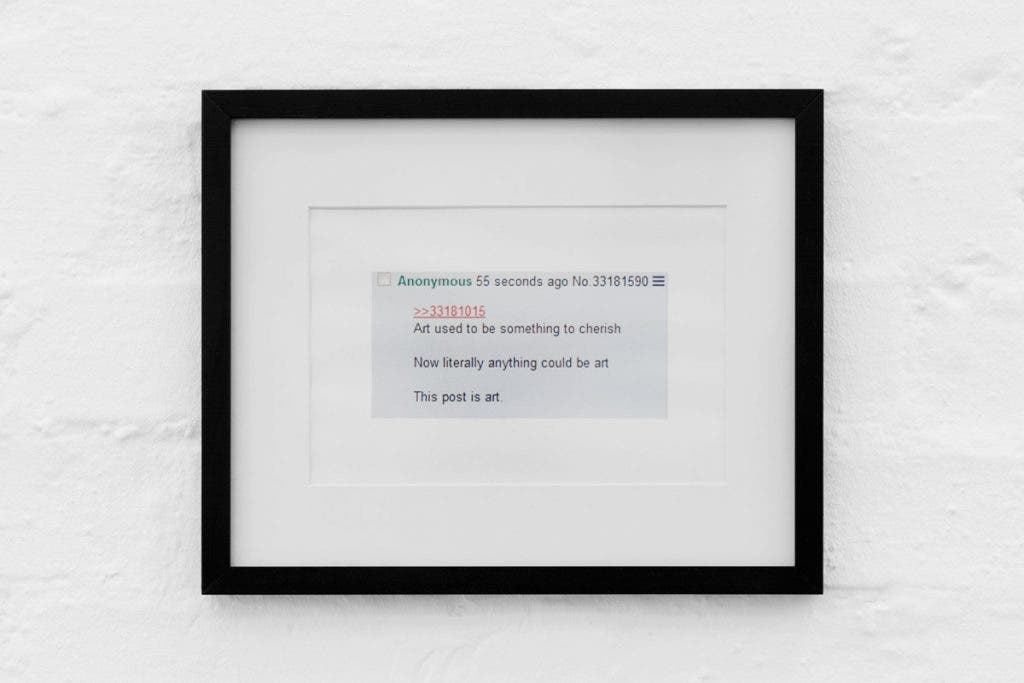No, it’s not Asimov’s Three Laws but the Common Law that a robot designed for art infringed. Devised by !MEDIENGRUPPE BITNIK, the Random Darknet Shopper is an automated online shopper that’s programmed to randomly buy items on the Deep Web. With a limited budget worth $100 in Bitcoin for every purchase, the bot went on a spree where it bought a number of items ranging from Chinese blue jeans, Nike shoes or Moldavian cigarettes. Once you pass into the Deep Web, though, you’re sure to run into some crazy and/or illegal stuff. Among these, the Random Darknet Shopper bought ten ecstasy pills and a fake Hungarian passport (by all accounts quite realistic).
What happens when you give a robot $100 to spend in the Darknet

The bot is all show – for art. All its purchases were made public and went on display art show in Zurich, Switzerland titled The Darknet: From Memes to Onionland, which ended on January 11.
“The Random Darknet Shopper is a live Mail Art piece, an exploration of the deep web via the goods traded there. It directly connects the Darknet with the art space (exhibition space). By randomizing our consumerism, we are guaranteed a wide selection of goods from the over 16’000 listed on Agora market place,” the authors write on their blog.


But when a robot breaks the law, who’s responsible? Do you arrest a computer program? Are the programmers responsible, since they were reckless, considering there was a significant chance the robot could have bought illegal substances and items? It’s an extremely fine, gray line. Luckily, the developers are based in Switzerland, a country were activities ran in the service of art for public interest are given leniency. This may be why coders Carmen Weisskopf and Domagoj Smoljo so openly assume responsibility for any mischief their bot makes.
“We are the legal owner of the drugs – we are responsible for everything the bot does, as we executed the code,” Smoljo told the Guardian. “But our lawyer and the Swiss constitution says art in the public interest is allowed to be free.”
The day after the exhibit, however, the police seized the works.
“On the morning of January 12, the day after the three-month exhibition was closed, the public prosecutor’s office of St. Gallen seized and sealed our work. It seems, the purpose of the confiscation is to impede an endangerment of third parties through the drugs exhibited by destroying them. This is what we know at present. We believe that the confiscation is an unjustified intervention into freedom of art. We’d also like to thank Kunst Halle St. Gallen for their ongoing support and the wonderful collaboration. Furthermore, we are convinced, that it is an objective of art to shed light on the fringes of society and to pose fundamental contemporary questions,” write the developers.



